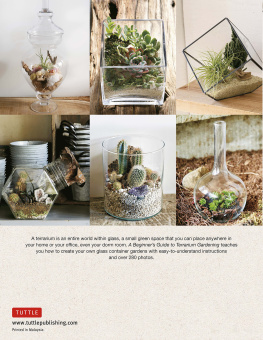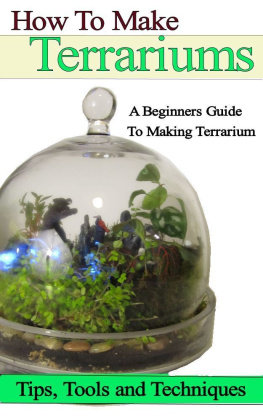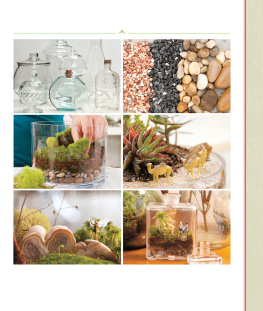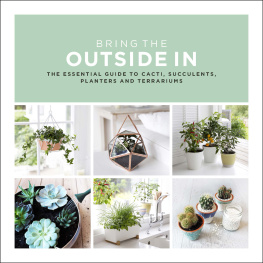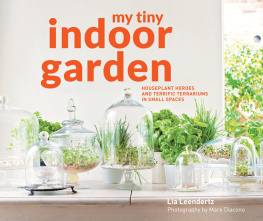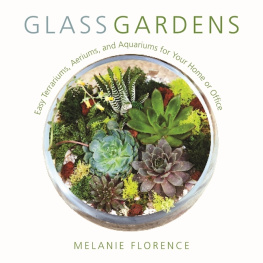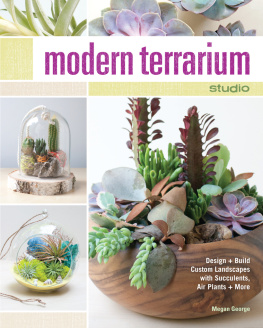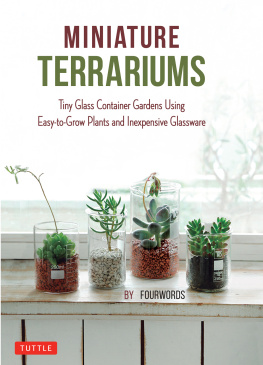Terrariums Reimagined
Mini Worlds Made in
Creative Containers
Kat Geiger

Ulysses Press
Copyright text and photographs 2013 Kat Geiger. Copyright concept and design 2013 Ulysses Press and its licensors. All Rights Reserved. Any unauthorized duplication in whole or in part or dissemination of this edition by any means (including but not limited to photocopying, electronic bulletin boards, and the Internet) will be prosecuted to the fullest extent of the law.
Published by:
Ulysses Press
P.O. Box 3440
Berkeley, CA 94703
www.ulyssespress.com
ISBN: 978-1-61243-213-7
Library of Congress Catalog Number 2013938277
10 9 8 7 6 5 4 3 2 1
Acquisitions Editor: Kelly Reed
Managing Editor: Claire Chun
Editor: Jessica Benner
Proofreader: Barbara Schultz
Design and layout: what!design @ whatweb.com
Cover photographs: Kat Geiger
Distributed by Publishers Group West
IMPORTANT NOTE TO READERS: Trademarks of businesses and food brands mentioned in this book are used for informational purposes only. No sponsorship or endorsement by, or affiliation with, the trademark owners is claimed or suggested by the author or publisher.
Table of Contents
I was trapped. From a long line of gardeners, farmers, and horticulturists, I needed to get my hands in the dirt. But alas, I lived in a loft with zero outdoor space. Raised vegetable beds were not exactly an option, nor were silk plants (the most abhorrent of all plant species). With two large windows, plenty of indirect light, and far too much time on my hands, I began to search the Internet for answers. A brief search led me to terrariums: enclosed or mostly enclosed environments containing plants, mosses, and other landscape materials. So it began: my obsession with these tiny little worlds inside glass globes, bottles, and jars.
It took little time to realize that very few terrariums were created in unique containers. It seemed the majority of terrariums were created in open-top jars and fishbowls. With the designer in me crying out for mercy from this monotony, my quest to create terrariums in unique, space-saving containers began. With design and sustainability at the top of my priority list, recycled, handblown, and locally crafted vessels became my little black dresses: go-to containers for every terrarium. The one major element that makes a terrarium stand out from the average Joe (or Jane) houseplant is the vessel in which it is housed, so that vessel must be unique.
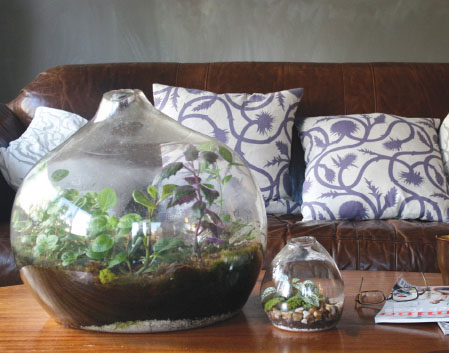
The vessel creates the boundaries for the landscape and turns an ordinary plant into a piece of art. This book explores several different types of vessels. From giant mouth-blown vessels to tequila bottles, there is a terrarium vessel appropriate for every personality and budget.
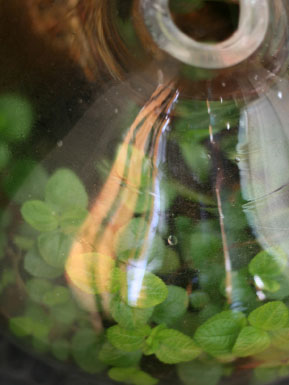
Thanks for this book are due in part to Dr. Nathaniel Ward, the inventor of the Wardian case, the original terrarium vessel. Although many people believe that terrariums can be traced all the way back to the Hanging Gardens of Babylon, Dr. Ward is responsible for the Victorian-era resurgence in the popularity of growing plants inside glass. He discovered that the plants he was unable to sustain in his outdoor garden thrived in the humid, protected environment of a glass container. This discovery was quite by accident while Dr. Ward was studying the life cycle of a particular type of insect and his habitat began growing ferns. As a result, creating tiny environments that maintained a steady temperature became a popular way to transport plants to and from the British colonies in the Victorian era.
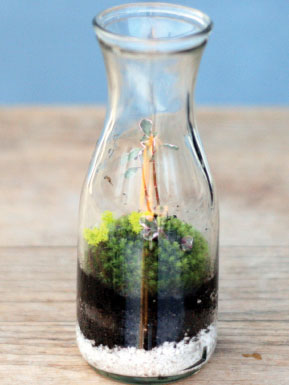
Hundreds of years later, here we are still enjoying the same pastime as Queen Victoria. The more things change, the more they stay the same. Although we are no longer transporting plants to England from the colonies, there are many reasons people enjoy keeping a terrarium at home. So why, you ask, should you keep a terrarium? Here are just a few reasons:
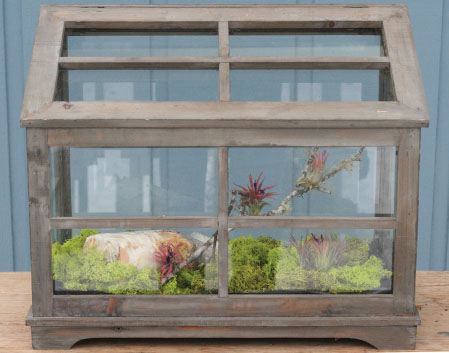
Space is limited. City-dwellers are often looking for creative space solutions. Whereas a houseplant takes up a large amount of space, a terrarium takes up very little space and can even be hung from the wall or ceiling.
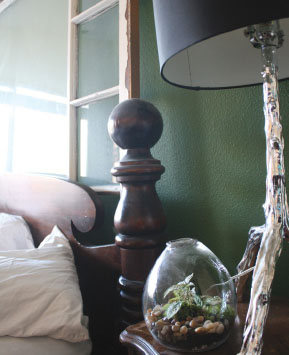
Low maintenance. Once established, a terrarium requires very little care, sometimes only monthly watering or less.
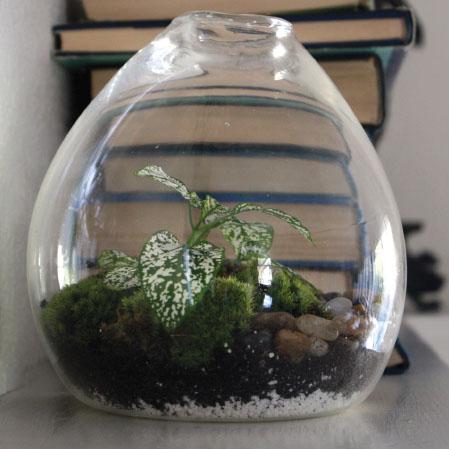
Plant protection. Keeping kitty out of the plants can be a tricky operation at best. When the plants are inside a glass container, however, they are not only protected from pets, but also from the heater and dry air.
Easy like Sunday mornin. Even the blackest of thumbs can successfully grow an entire landscape within a terrarium. They are virtually indestructible.
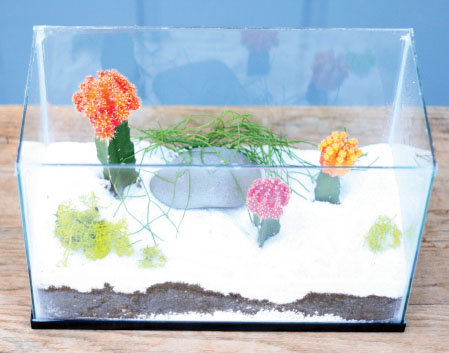
Your friends will think youre cool. It is true. Trust me. Terrariums have that Whoa! Howd you do that? appeal, much like a ship in a bottle.
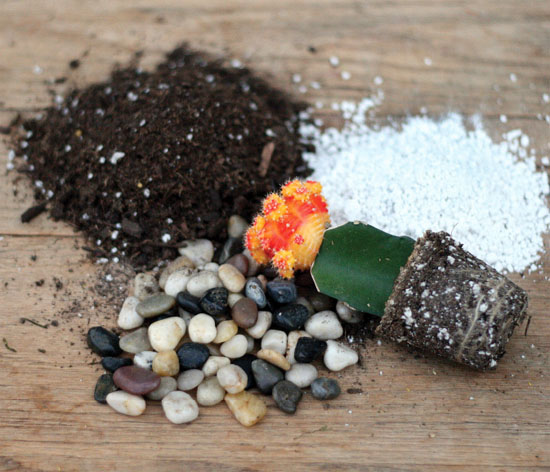
Before planting your terrarium, you must become familiar with the main ingredients: the vessel, the plants, the soil or substrate, and the drainage material. Each of the three types of terrariums requires different types of the above-mentioned materials.
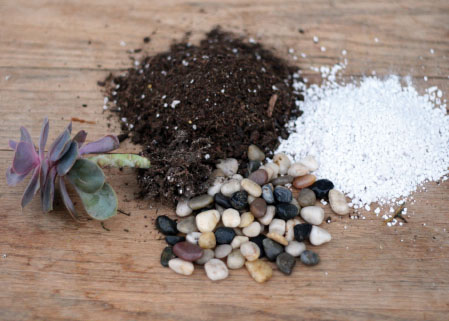
Regarding the terrarium container, the possibilities are endless. However, there are three important things to consider when selecting the perfect vessel. First: responsibility. There is a large range of glass products out there, many of which are made in countries not known for the fair treatment of their factory workers. This is why recycled or handblown vessels from a local glassblower are the best options for most terrariums. Many thrift stores have a wonderful selection of vases, apothecary jars, bottles, and kitchen or lighting products that double nicely as terrarium vessels. If all else fails, dig through your neighbors recycling bin on trash night (with their permission of course). Finding a local glassblower can prove a bit more difficult, but it pays off with a beautiful custom-shaped vessel. A quick Google search for glassblowing in your area can be fruitful.
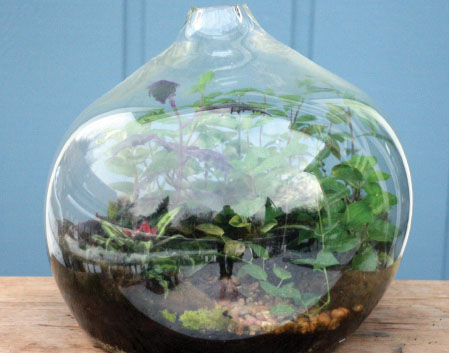
Next page





